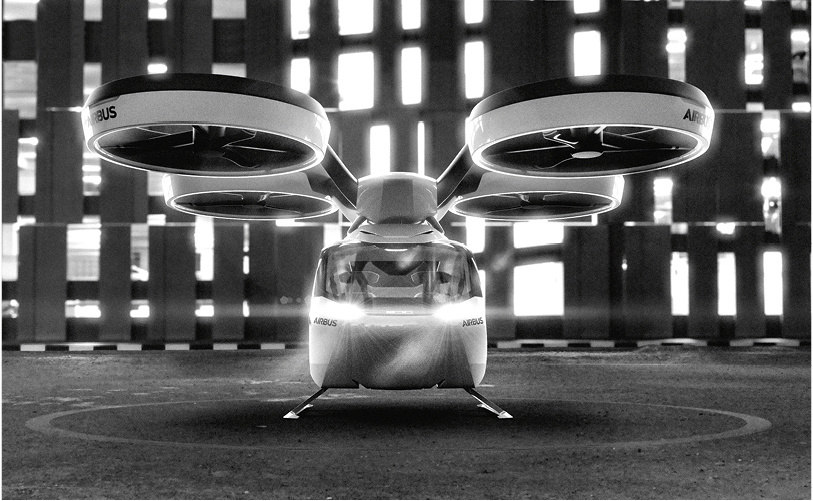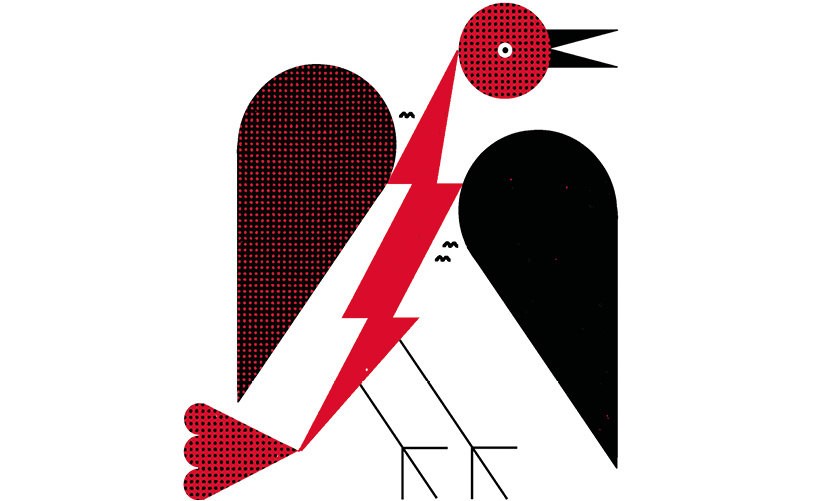Adding the third dimension
To prevent impending gridlock Italdesign and Airbus are turning science fiction into science fact: In the Pop.Up concept vehicle, future traffic takes to the air with a design that is modular, intelligent, autonomous and zero-emission.
Patrick Morda (interview), Avrio Drone (photo & video) & Matthias Ziegler (photo)

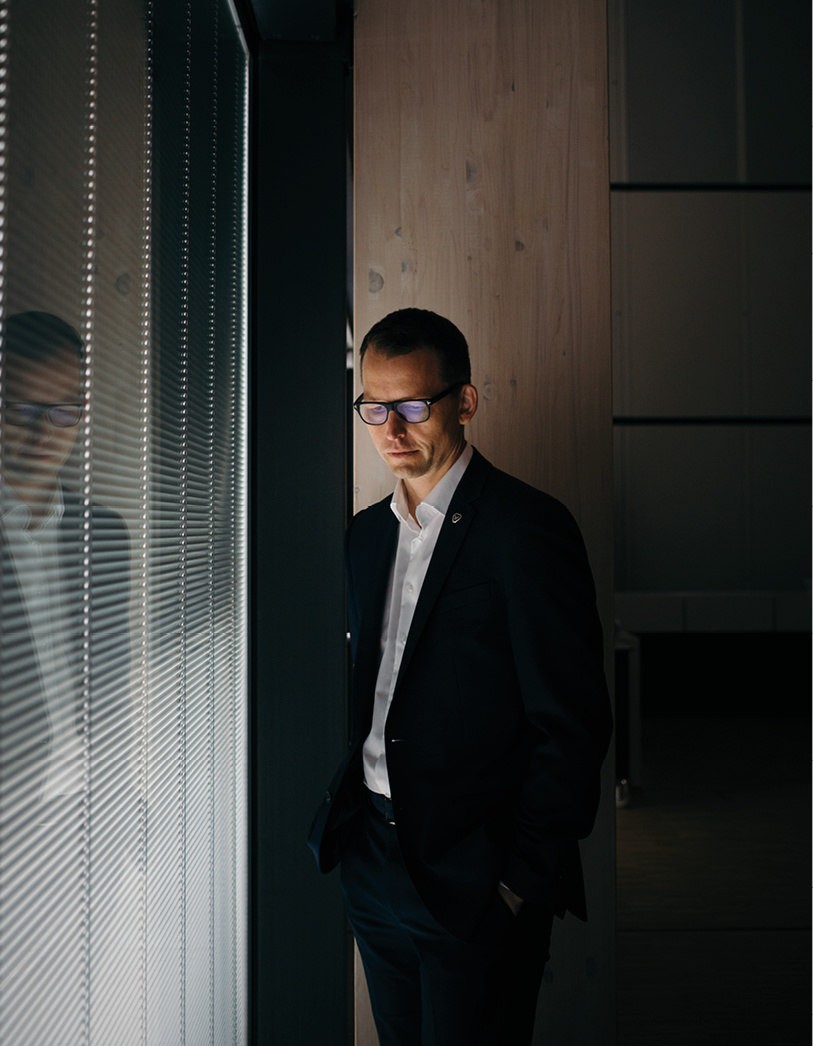
began his career at Volkswagen in 1988, where he worked in various roles in Procurement and General Management. He worked for the CEO of Volkswagen AG starting in 1999, and for the Chairman of the Supervisory Board from 2002. After a number of positions within the Volkswagen Group, he became CEO of Italdesign in September 2015. Located just outside Turin, Italdesign has been part of the Volkswagen Group since 2010 and together with Ducati is part of AUDI AG.
Some stories about the future actually take their cue from the past. This is one of them: At the end of the 19th century, American philosopher and historian Henry Adams penned his autobiography that provides a penetrating glimpse into the world of his time. In `The Education of Henry Adams´, he writes that before the tender age of six he had already witnessed four things become reality that were once considered impossible: ocean liners, trains, the telegraph and photography’s forerunner, daguerreotypy. His impression was that there was no longer any such thing as the impossible. And that brings us to today.
Over 120 years of human, cultural, economic and technological history later, it seems safe to say that the phrase “nothing is impossible” is even more true than in Adams’s time. Nowadays, progress takes ever more radical paths while at the same time occupying new niches. Peter Thiel, one of the most successful American entrepreneurs of our time, once said there are two types of progress: Horizontal progress, which is based on doing more of the same and at best only maintains the status quo; and then there’s the kind achieved by mixing old and new ideas to create something unique—that’s real, vertical progress. It takes courage, radical ideas and, well, technology. Thiel calls it a “zero to one” moment. It’s vertical: you move upward. Which brings us to Italdesign and, so to speak, the future.
“We are right in the middle of a zero to one moment,” says Jörg Astalosch. The CEO of this Turin-based tech company knows full well who he’s quoting and why. Computer, communications and mobility technologies are increasingly merging into a kind of supertechnology that will completely redefine the way we live, including how we travel. Pop.Up embodies this vision. At the Geneva International Motor Show earlier this year, where the new concept was unveiled, you could have mistaken it for another attempt to build a flying car—an endeavor as old as the automobile itself. But take a closer look and you’ll quickly see that Pop.Up is more than that. Astalosch says that’s also because Italdesign is more than a Turin-based tech company. And it always has been. This was the birthplace of the first VW Golf and the Fiat Panda, both groundbreaking models that today remain iconic examples of individual mobility. Pop.Up is not a flying car, says Astalosch. Flying cars are not the answer to the problems he and his team are striving to solve: “You have something that rolls, with a complex flying apparatus added on top of that. The whole contraption travels as one and needs space to take off and land. Where would you find room for something like that in our cities?” No, the solution needs to be scalable, suitable for the masses and stripped to the bare essentials.
Astalosch is thinking of cities that are already threatening to burst at the seams. Roughly 450 million people live in such cities—the megacities around the world, where populations exceed ten million. The planet is now home to 28 of them. By 2030, that figure is likely to grow to 40, with around 750 million inhabitants in total. Chronic gridlock, most agree, seems to be the future we have accepted, or perhaps we are already living it now. Spaces are overcrowded; infrastructure is too rigid. We need new ideas to combat this, and we need to use space more intelligently. “Smart usage before smart cities” could be our guiding principle. That’s where Italdesign and Pop.Up come in. “First and foremost, we’re service providers,” Astalosch says. Yet no one hired them to develop a concept like Pop.Up.


“Our business philosophy is based on creativity. When we have an idea, I often say: go for it.” Has the legendary spirit of Silicon Valley come knocking in Moncalieri, on the outskirts of Turin, the home of Italdesign? It certainly appears that way. The company boasts small, interdisciplinary teams empowered to drive ideas forward and leadership that guides rather than commands. Everyone at Italdesign is not only able but also encouraged to contribute their ideas, opinions and expertise to projects. The team as a whole is always in the foreground. Sounds like a startup atmosphere. “That probably looks highly idealistic, and it doesn’t always work. I have to admit that we were sometimes unsure whether the Pop.Up concept wasn’t too radical, too crazy.” It’s not. At least it doesn’t appear to be. Italdesign very quickly found a partner in Airbus, which brings aviation expertise and experience to the table. And ever since Pop.Up exited stealth mode—to use startup-speak—it has been a high-profile project throughout the entire Volkswagen Group.
One reason—indeed, the main reason—is that it’s not just another flying car or roadable aircraft, but a modular concept based on intermodal mobility. It’s modular in the sense that Pop.Up combines three different elements that can be coupled together or used independently of one another. At the heart of the concept is a capsule designed to accommodate two passengers. Coupled to a ground module, the capsule transforms itself into a battery operated, autonomous city car. When traffic is congested, a drone-like air module is automatically deployed, and the journey continues as a self-piloted flight. What makes Pop.Up intermodal, in theory at least, is the capsule’s potential to couple with other modes of transport of the future. Astalosch sketches out the following scenario: “Imagine you take the Hyperloop to Dubai in a passenger capsule compatible with Pop.Up. When you arrive at the hub, you and your capsule are placed on the car module, which already knows who you are and where you’re going. You don’t have to get out, which is a real perk in a hot place like Dubai. And if the system calculates that it’s better to fly to your destination, the air module will be waiting for you instead. You’d save an enormous amount of time while enjoying an incredible level of comfort. This is all about understanding that mobility is a service.”
But the Pop.Up concept is not a cure-all. The intermodal aspect is also vital. Urban problems vary widely, and the devil’s in the details. “They may all be afflicted with the same illness, but the symptoms are not the same. In London, around five million people take the underground every day while above ground over 20 million vehicle movements take place. The majority of that is freight traffic, which is a piece of the puzzle we could go after. Dubai has to deal with extreme environmental conditions. The heat is hard on electric motors, and both sand and dust frustrate the optical sensors used to pilot autonomous vehicles. We have to take a close look at each situation and above all listen carefully.”
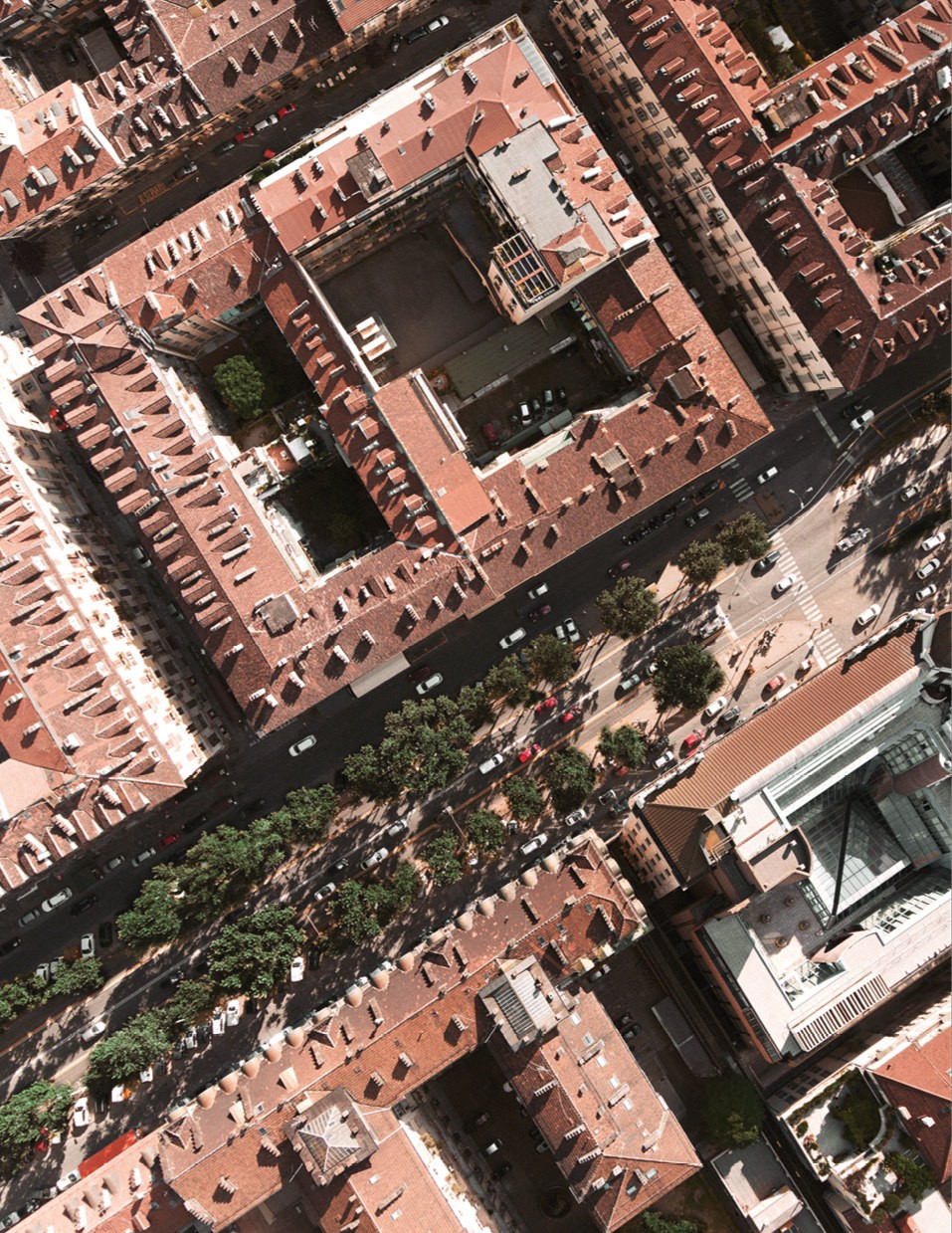
Italdesign has been working closely with manufacturers for nearly 50 years—from cars to helicopters and from initial consulting to final production, including styling, conceptual and vehicle architecture. Founded by Giorgetto Giugiaro and Aldo Mantovani, the company employs around 1,000 people at its headquarters, its Barcelona office and at hubs around the world.
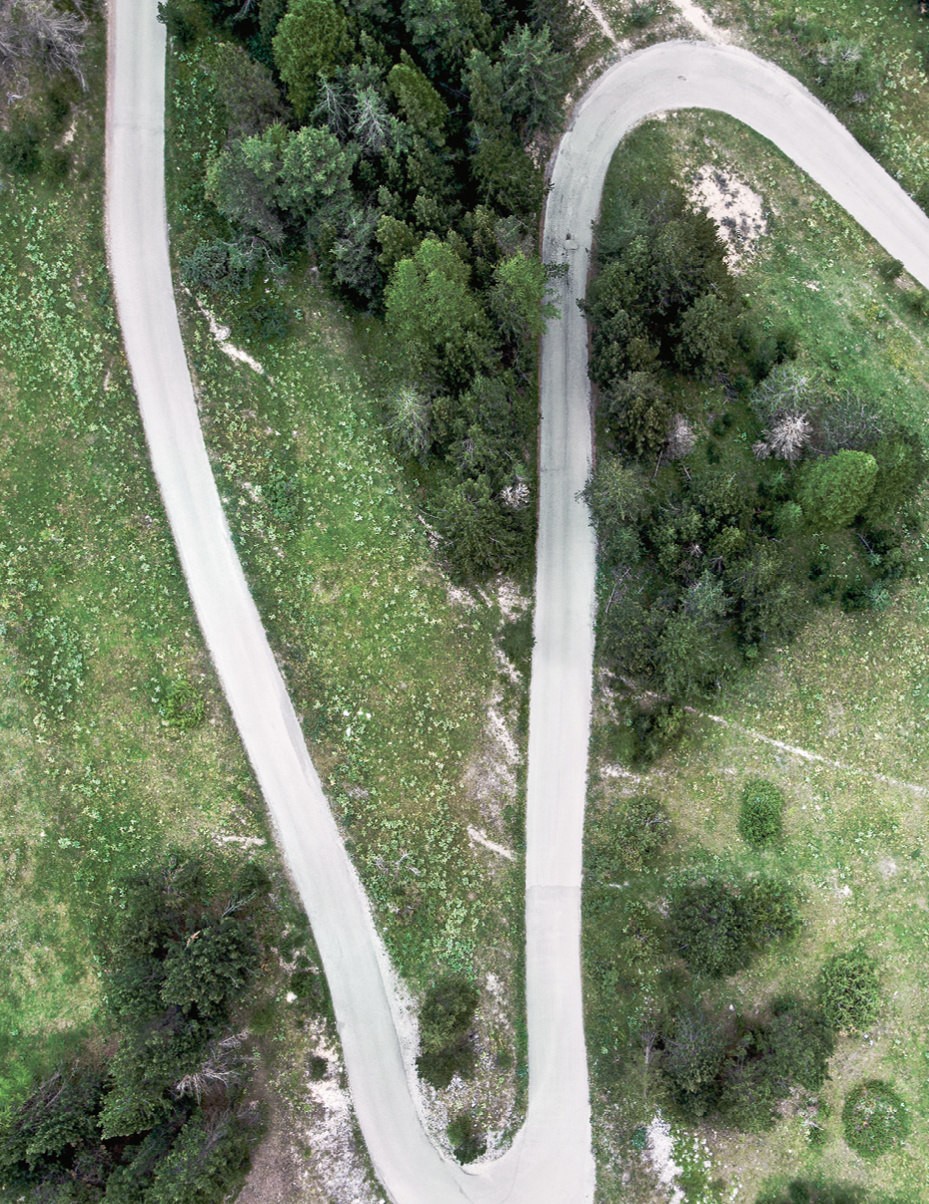

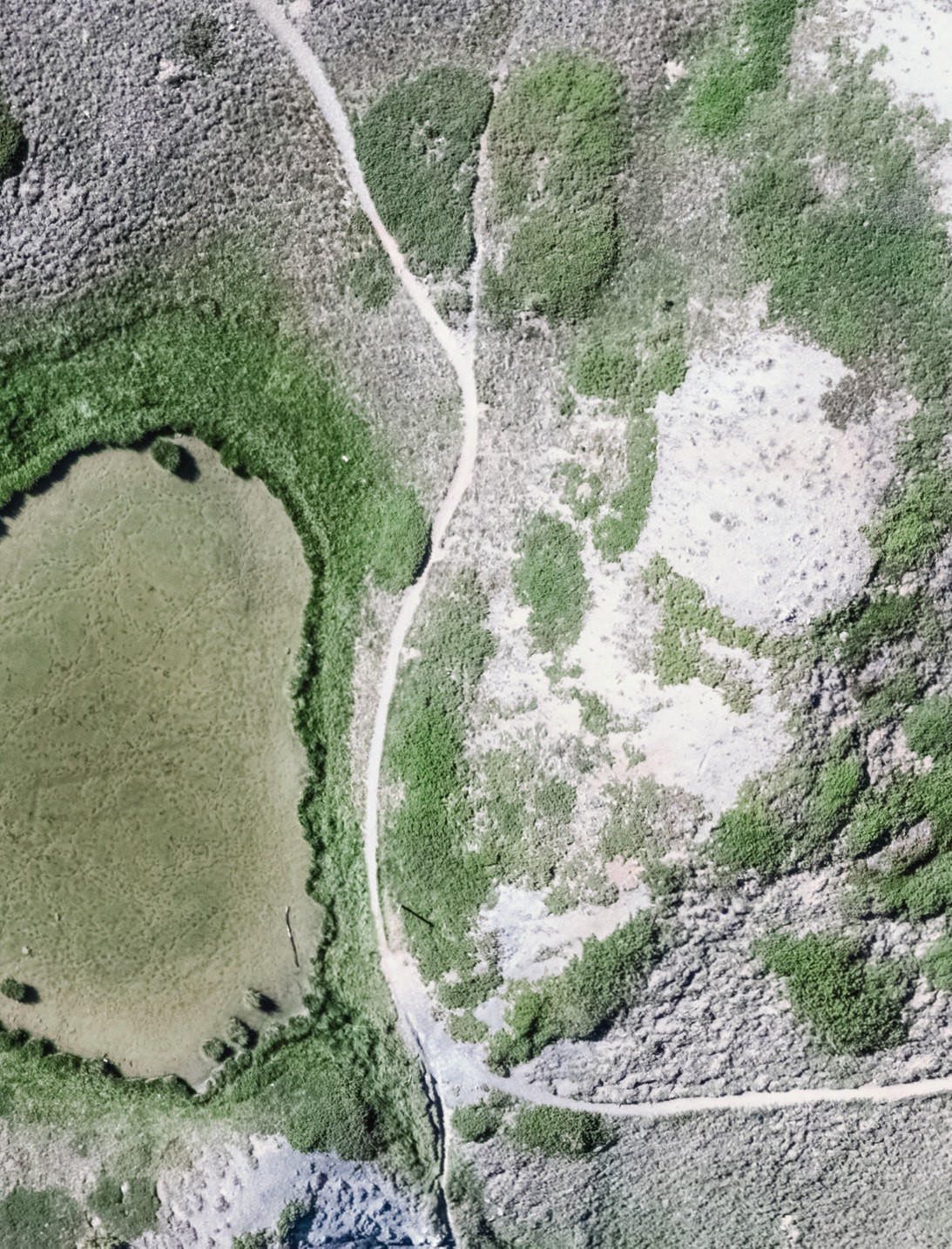
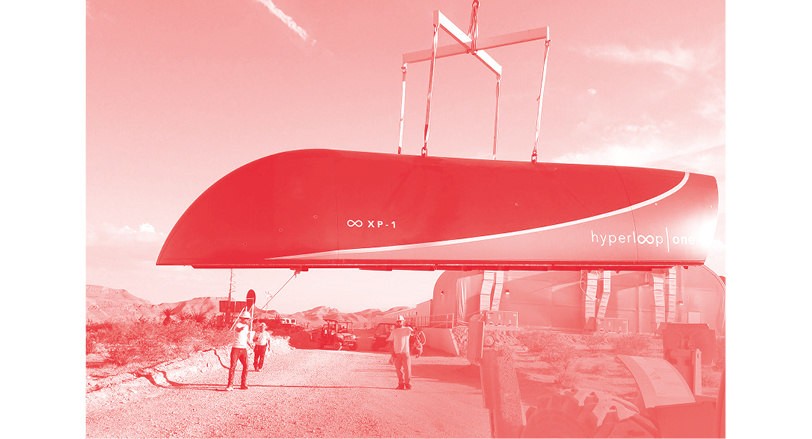
Hyperloop is a concept for a high-speed underground transport system through nearly airless tunnels. Similar to a pneumatic tube system, Hyperloop capsules will travel up to 1,100 kilometers per hour on a cushion of air.
There’s one thing they all have in common: Way too much urban space that should be designed to accommodate people is reserved for traffic. So what do we do? Again: teamwork. Massimo Martinotti, responsible for business development and project management, introduced the 360-degree approach that mobility should be accessible and serviceable to all, which is why Pop.Up is modular in concept and design. Filippo Perini, head of design at Italdesign formulated the idea of vertical traffic. “If we want to solve urban mobility problems, we have to take advantage of the third dimension in these areas.” There is simply no other way. That’s why it is so important to think out of the box—to develop radically disruptive ideas: “I firmly believe that new mobility solutions will come from someplace we least expect,” he says. In the new “future mobility” game, he says, you have to make sure you’re not blindsided by developments. But obviously this game is far from over. Not so much on the technological side, though. The Pop.Up technology is actually quite advanced. A working system should be up and running in less than ten years. But it will take more time for society—that’s us—to embrace it, not to mention resolve all the legal issues.
This has to do with the transition to shared mobility—from ownership to on-demand—and, above all, the way we view mobility. “More often than not we see it from our own personal perspective,” says Perini. “That’s too easy. Stupid cities are going to vastly outnumber smart cities around the world for quite some time. You have to ask yourself what connectivity means in each place—in Milan compared to the Mongolian steppe?” It’s these issues, too—the said holistic approach—that now occupy Astalosch and his team. Getting a bird’s eye view of the problem and really understanding it while accepting that there is always more than one reality. And asking the right questions. Perini also believes it’s important to consider whether our current mobility behavior as such has a future, regardless of the technology. Is mobility a privilege? Will it remain so? The best future he can imagine in this context is logically “one in which we are more aware of mobility. That could also mean doing without it from time to time. Why not?” After all, the focus is not so much on Pop. Up itself as on the philosophy behind it. In the quest for fast, easy and affordable access to mobility, they specifically chose to shelve the idea of a flying sports car in favor of using the third dimension and putting their faith in a modular and intermodal system. At the end of the day, Italdesign doesn’t care what Pop. Up looks like in the future or who builds it. That’s beside the point. What’s more important is that someone is working on this “crazy” idea now.
And is it really that far-fetched? We’ve all used intermodal transport at some point. It’s part of our daily lives. Your business trip begins with a drive to the airport, where you fly—mostly on autopilot—to your destination. Once on the ground, you take a bus, train or taxi to your meeting and perhaps walk to your hotel afterward. So check that one off. And flying in urban areas? We use massive machines to dig huge holes through miles and miles of earth and stone—through mountains and underneath seas—to make travel possible. Space tourism is in vogue. So why is it so hard to imagine the use of this third dimension—shifting urban mobility to the skies? If you ask Filippo Perini, that space is much less complex than our completely congested streets. Flash back to the early 20th century, when someone purportedly said we could close all the patent offices because everything that can be invented, has been invented. But it’s clear that the future won’t be designed in the future, but in the here and now. And not even the sky’s the limit.
Further photo credits: Hyperloop one, Avrio Drone (film)
